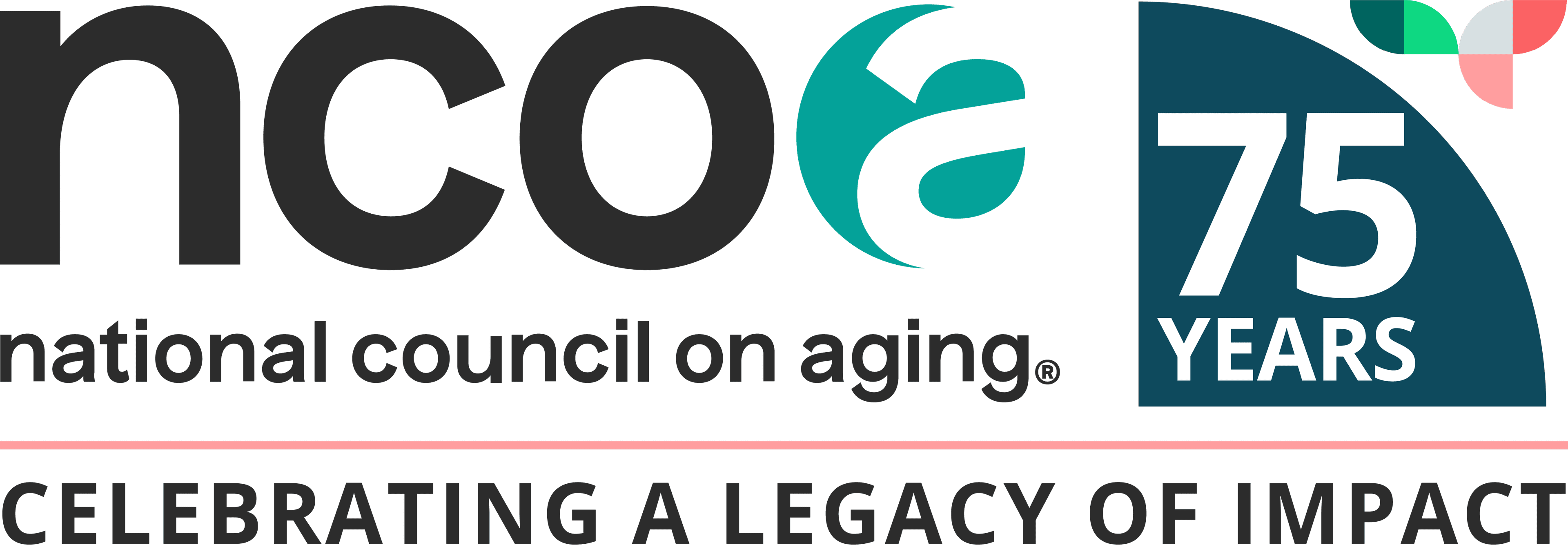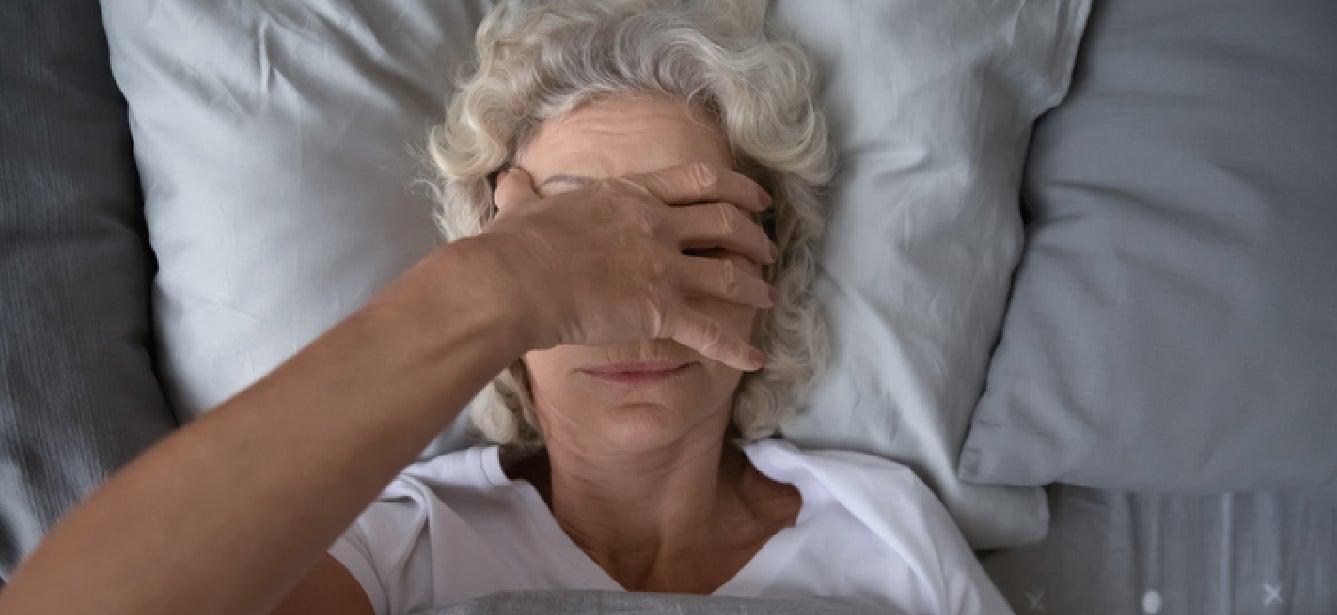
Related Topics
Many of us worry about losing our hair. Will we or won’t we? Can we prevent it? Is it normal? Will we go bald?
Maybe. You may be surprised to know that millions of us will experience some degree of hair loss by the time we’re 50.1 And it’s not just men. As many as 40% of people with hair loss are women.2 Still, that can be small consolation when we’re going through a stressful transition that’s very personal and often very isolating.
Knowing the facts about hair loss can help alleviate our anxiety and feel less alone. Here are 30 interesting hair loss stats and other helpful information to help put this common occurrence into perspective.
Common types of hair loss: A brief overview
Before diving into the facts and figures, it’s useful to understand some of the most common types of hair loss and why they happen. These are
- Alopecia areata (AA): Literally meaning “patchy” (areata) and “hair loss” (alopecia), this poorly understood condition usually begins in childhood or young adulthood and cycles through phases of remission, regrowth, and renewed loss throughout life.
- Androgenetic alopecia (AGA): Also known as age-related pattern baldness, this hereditary (passed down from your parents) form of hair loss is also the most common. Sometimes it’s treatable, but results can vary widely.
- Cicatricial alopecia (CA): This scarring, and often permanent, form of hair loss includes several subtypes (see: lichen planopilaris and frontal fibrosing alopecia, below) that affect women more often than men.
- Frontal fibrosing alopecia (FFA): Typically diagnosed in post-menopausal women, FFA starts slowly at the hairline and eyebrows and can progress to the middle of the scalp—or further—without early diagnosis and treatment.
- Lichen planopilaris (LPP): Most common in younger women, this rare inflammatory condition attacks the hair follicles and leads to patchy, progressive hair loss that can be slowed or stopped—but not reversed—with treatment.
- Telogen effluvium (TE): Generally temporary and reversible, this diffuse and significant shedding happens when a trigger—such as stress or medication—forces a large percentage of hair follicles into the telogen (resting) phase at once.
General hair loss: Facts and statistics
How much hair do people have? Is shedding normal? Does my lifestyle contribute to hair loss? Am I vain to care? Here’s what the stats reveal:
- On average, healthy adults have between 80,000-120,000 strands of hair on their heads.3
- It’s normal to shed between 50-100 hairs each day.3
- Androgenetic alopecia (hereditary pattern baldness) is the most common cause of hair loss in men and women.4
- Smoking is bad for our hair. Compared to non-smokers, significantly more people who light up experience hair loss (85% versus 40%).5
- Market research suggests that Americans will spend $2.22 billion on hair loss products in 2025.6
Hair loss and aging: Facts and statistics
People of any age can lose their hair. Still, hair loss becomes more prevalent the older we get. By age 65, an estimated 53% of men and 37% of women will experience baldness.7 Why? There’s no single answer, but certain factors do contribute to age-related hair loss. Consider that:
- Hair follicles naturally slow down over time. Eventually, some follicles stop producing hairs altogether.4
- The risk for developing certain chronic conditions associated with hair loss—like Type 2 diabetes—increases with age.8,9
- Medications for high cholesterol, high blood pressure, and heart arrythmias (like AFib) can cause hair loss.10
- Certain dietary deficiencies linked to hair loss—including protein, iron, and Vitamin B12—are common among adults age 65+.11,12,13
- As we advance in years, we’re more likely to experience physical and emotional stressors—like retirement and bereavement—that can trigger hair loss.14
Hair loss and sex: Facts and statistics
Our genes and hormones both impact our hair. That means men and women can experience hair loss in different ways, at different rates, and for different reasons. Consider that:
- During the course of our lifetimes, 85% of men and 33% of women will live with some form of hair loss. Among these groups, a quarter (25%) of men will start losing their hair by age 30; only 12% of women will.5
- Androgenetic alopecia presents differently in men and women. Female pattern baldness is diffuse (spread more evenly over the scalp), while male pattern is focal (concentrated) at the temples and crown.15
- More women than men report having TE at some point in their lives.5 This could be due to pregnancy- and menopause-related hormonal changes and higher levels of external stress.
- Among men with hair loss, AGA is responsible for 95% of it.16 While conventional medical wisdom historically has held that men inherit pattern baldness from their mother’s side, new research paints a more complicated genetic picture.16
Hair loss around the world: Facts and statistics
Hair loss is a nearly universal experience—shared across continents and cultures. For example:
- In China, 250 million people (1 in 6) suffer from hair loss.17
- In India, nearly 63% of men age 21-61 suffer from hair loss.5
- In the United Kingdom, 8 million women and 6.5 million men suffer from hair loss.5
- In the Czech Republic, nearly 43% of men go bald.18
- Genetic descent influences hair loss. In order of prevalence, AGA is most common among people whose heritage is Caucasian, Asian, African, Native American, and Eskimo.5
Hair loss treatment and restoration: Facts and statistics
Losing our hair is a highly personal experience. Yet we have at least one thing in common: most of us will jump through hoops to prevent it, slow it down, reverse it, or conceal it. Consider that:
- Consumer research predicts that global revenue in the hair loss products category will reach $16.72 billion by 2030.19
- In 2024, close to 13 million Americans used hair growth products.5 In China, sales are skyrocketing for hair loss shampoos: increasing nearly 400% during the measured period.5
- In the United States alone, women with hair loss report being willing to spend up to $5,000 on hair loss treatment. Further, women are more open to spending more money on hair transplantation than men.20
- The price tag for a hair transplant procedure varies greatly by country. The most expensive is Canada, where you’ll spend $17,500 USD; the least expensive is Turkey, where you’ll spend $2,676.5
- One of every 13 men report having undergone a hair transplant.5 Despite their willingness, fewer than 5% of women are good candidates due to genetic changes on the scalp.15
Hair loss and psycho-social impacts: Facts and statistics
Losing our hair is stressful. And stress both can trigger new hair loss (especially TE) and worsen existing forms of it. This can create a vicious cycle that’s hard to break. No matter the initial cause, however, hair loss impacts our mental health and well-being. To wit:
- Studies suggest that psychiatric disorders including anxiety, social phobia, and major depression are more prevalent in people with hair loss than in those without.21
- For women, the psychological effects of hair loss run deep—and can damage their personal relationships, professional pursuits, and sense of self-worth.2 Nearly 30% of women with hair loss exhibit two signs of depression.5
- Men’s self-esteem takes a hit with hair loss, too. In order to compensate, 26% report growing out their facial hair. Nealy as many (22%) step up their workout routines. And 16% get tattoos.5
- Compared to other age groups, men age 45-54 are more likely to shave their heads in response to losing their hair.5
- From Jada Pinkett-Smith to Ricki Lake, Ted Danson to Dwayne “The Rock” Johnson, and a handful of others, celebrities are smashing taboos around hair loss. By acknowledging and bravely sharing their experiences, they are helping the rest of us to feel a little better about our own.
Sources
1. American Osteopathic College of Dermatology. Androgenetic Alopecia. Found on the internet at https://www.aocd.org/page/AndrogeneticAlopecia
2. American Hair Loss Association. Women’s Hair Loss. Found on the internet at https://www.americanhairloss.org/womens-hair-loss/
3. American Academy of Dermatology Association. Hair loss: Overview. Found on the internet at https://www.aad.org/public/diseases/hair-loss/causes/fall-out
4. American Academy of Dermatology Association. Hair loss: Who Gets and Causes. Found on the internet at https://www.aad.org/public/diseases/hair-loss/causes/18-causes
5. Luat Duong. All 159 Hair Loss Statistics of 2025 for Journalists. Scandinavian Biolabs. January 4, 2025. Found on the internet at https://scandinavianbiolabs.com/blogs/journal/hair-loss-statistics
6. Mordor Intelligence. Hair Loss Treatment Products Market Size – Industry Report on Share, Growth Trends & Forecasts Analysis (2025-2030). Found on the internet at https://www.mordorintelligence.com/industry-reports/hair-loss-treatment-products-market
7. Alessia Villani. Hair Aging and Hair Disorders in Elderly Patients. International Journal of Trichology. Nov-Dec 2022. Found on the internet at https://journals.lww.com/ijot/fulltext/2022/14060/hair_aging_and_hair_disorders_in_elderly_patients.1.aspx
8. Barbie Cervoni, RD. Can Hair Loss be a Symptom of Diabetes? Verywell Health. May 19, 2023. Found on the internet at https://www.verywellhealth.com/diabetes-hair-loss-5111927
9. Mayo Clinic. Type 2 Diabetes. Found on the internet at https://www.mayoclinic.org/diseases-conditions/type-2-diabetes/symptoms-causes/syc-20351193
10. Stephanie Watson. Medications That Can Cause Hair Loss. September 18, 2024. Found on the internet at https://www.webmd.com/skin-problems-and-treatments/hair-loss/drug-induced-hair-loss-2
11. Aimra Kassis et al. Nutritional and lifestyle management of the aging journey: A narrative review. Frontiers in Nutrition. January 23, 2023. Found on the internet at https://www.frontiersin.org/journals/nutrition/articles/10.3389/fnut.2022.1087505/full
12. Kelly Burch. How Vitamin Deficiency Causes Hair Loss. March 22, 2025. Found on the internet at https://www.verywellhealth.com/which-vitamin-deficiency-causes-hair-loss-8404859#
13. Cleveland Clinic. Low Protein in Blood (Hypoproteinemia). Found on the internet at https://my.clevelandclinic.org/health/diseases/low-protein-in-blood-hypoproteinemia
14. Rachel Ann Tee-Melegrito. Can stress cause hair loss? Medical News Today. May 17, 2023. Found on the internet at https://www.medicalnewstoday.com/articles/can-stress-cause-hair-loss
15. American Hair Loss Association. Women’s Hair Loss Causes. Found on the internet at https://www.americanhairloss.org/womens-hair-loss/causes/
16. American Hair Loss Association. Men’s Hair Loss. Found on the internet at https://www.americanhairloss.org/mens-hair-loss/
17. Lü Yanhao. Over 250 million Chinese suffering from hair loss problems. Global Times. August 27, 2019. Found on the internet at https://www.globaltimes.cn/content/1162854.shtml
18. Miriam Otero. 102 hair Loss Statistics, Expert Insights, and Current Trends. Anagen Hair & Skin. March 26, 2024. Found on the internet at https://hairskin.com/en/blog/hair-loss-statistics/
19. Emergen Research. Alopecia Market By Type, By Treatment, By Allocation (Male and Female), By Route of Administration (Topical, Oral and Injectable), By Distribution Channel, By End-Use, and By Region Forecast to 2030. December 2022. Found on the internet at https://www.emergenresearch.com/industry-report/alopecia-market?utm_source
20. Leonard Knoedler, MD et al. Hair Transplantation in the United States: A Population-based Survey of Female and Male Pattern Baldness. Plastic and Reconstructive Surgery-Global Open. November 2023. Found on the internet at https://journals.lww.com/prsgo/fulltext/2023/11000/hair_transplantation_in_the_united_states__a.21.aspx
21. Dr. Khawar Hussain et al. Psychological effects of hair loss. DermNet. April 2019. Found on the internet at https://dermnetnz.org/topics/psychological-effects-of-hair-loss



